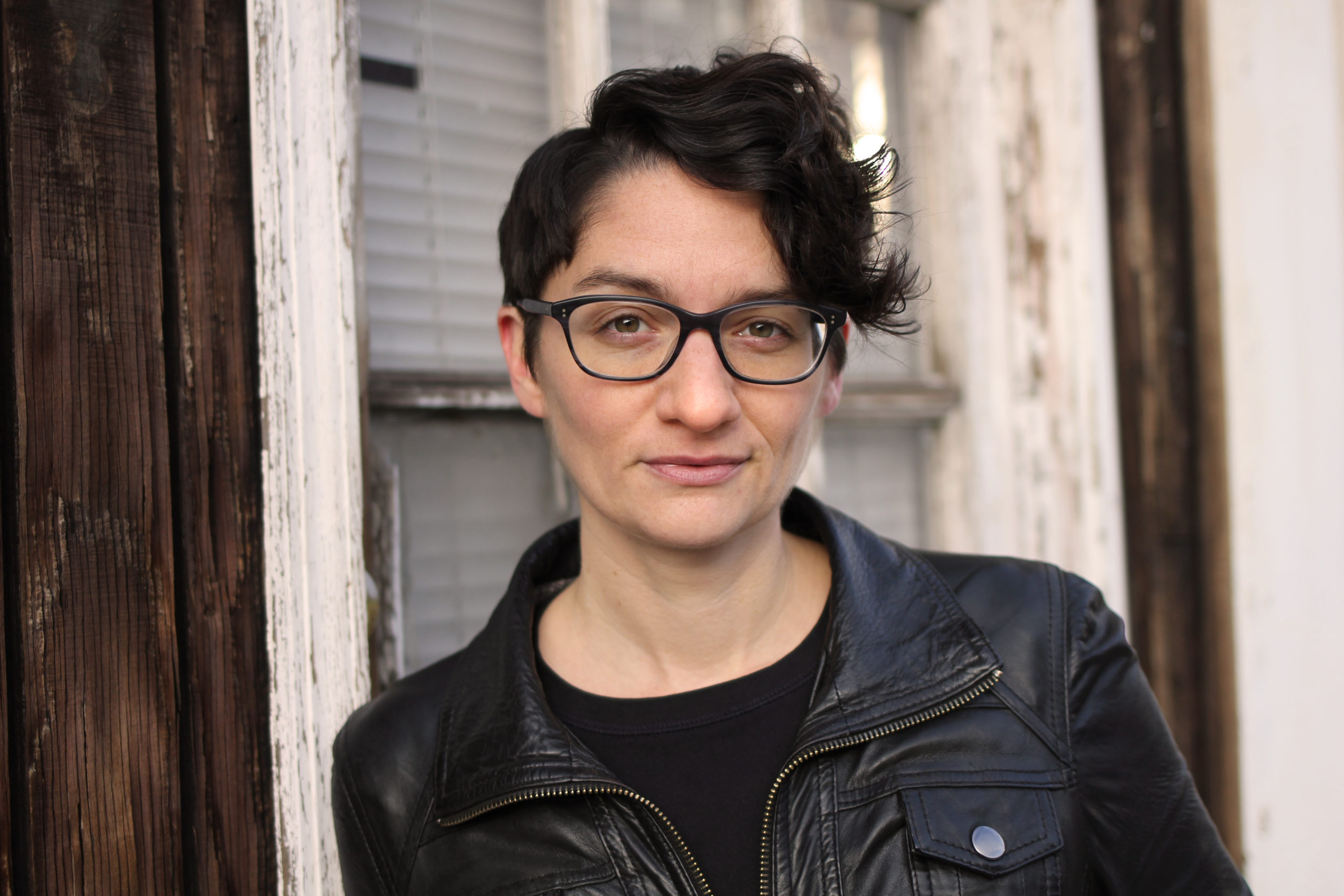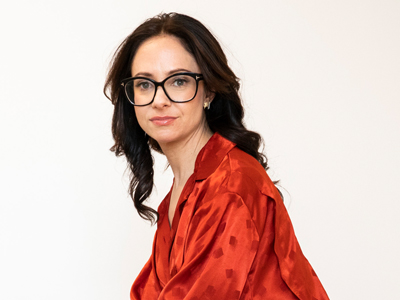“The 2016 presidential election felt, in some ways, like a referendum on the value of women (and people of color and immigrants and refugees and Muslims … the list goes on), one that we had lost. On the evening of Nov. 9, I walked in a daze under the gray, drizzly haze that seemed to permeate New York City to meet three friends, all women who shared my single minded desire to sit in a cozy, dark corner and plot the resistance,” writes Emma Gray about the catalyst for her new book “A Girl’s Guide to Joining the Resistance.”
While the current political administration may have inspired Gray to write “A Girl’s Guide to Joining the Resistance,” the book acknowledges the long history of the struggle for women’s rights. “There’s an army of women who came before you, and they all have your back,” she tells readers.
Interweaving interviews, historical research of the feminist movement, and her own experiences covering resistance events and being a member of the media in a time when the media has been under assault, Emma has created a down and dirty guide for women and girls of all ages to identify and resist the forces that are a threat to our rights. One theme came up again and again: young women are essential to the resistance. With that in mind, Gray provides real, practical advice for these young women to stay strong in the fight for equal rights for all women.
Gray is a senior women’s reporter at HuffPost and co-host of the “Bachelor”-themed podcast, “Here To Make Friends,” which was named a must-listen by The Daily Dot. She has appeared as an expert on “The Today Show,” “Good Morning America,” “The Insider” and “Entertainment Tonight.” Gray is an alum of McGill University in Montreal, which is probably why she has such a soft spot for poutine and St. Viateur bagels. Her book “A Girl’s Guide To Joining The Resistance,” is being released on Tuesday.
The Brooklyn Eagle caught up with Gray over the phone on the eve of the book’s release.

Eagle: Where in Brooklyn do you live?
EG: I live in South Williamsburg. My grandmother grew up on Coney Island, so I’ve always felt connected to Brooklyn.
I knew that when I moved to New York, I’d eventually leave Manhattan for Brooklyn. I love having a balance between working in downtown Manhattan and then retreating to neighborhood that really feels like a neighborhood. South Williamsburg is still a bit less gentrified than North Williamsburg, which I enjoy. There’s a real mix of cultures on every block and all of our neighbors look out for each other. I love being by the East River — I think the views from North Brooklyn are some of the best in the city. I also love taking the East River ferry from North Williamsburg down to DUMBO, even if I don’t really need to.
Eagle: What was your process for researching this book?
EG: I started reaching out to a lot of people I admired in political and activist spaces. I organized the book based on what they said to me. There were a lot of key themes, including intersectionality, self-care and how powerful young women’s voices have always been. In fact, the book opens with the shirtwaist maker’s strike in 1909, which was sometimes referred to as the “Revolt of the Girls.”
Eagle: You’ve dedicated your career to women’s issues — what motivated you originally to go down this path and what keeps you there?
EG: I’ve always been interested in identity and how it impacts way we move in the world. I’m fascinated by how gender intersects with race and class, as well as people’s worldviews. I always loved writing, and I studied sociology and political science in university, so I figured why don’t I try writing?
It worked out. I got a job in media and found my niche. The last eight years have intersected with pivotal moments in the women’s movement. I was a journalist when we had the first female presidential candidate, and during the Women’s March, the largest single day gathering in U.S. history.
Eagle: You mentioned the idea of intersectionality, and Chapter 4 in your book is called “Dear White Ladies: A Note on Intersectionality” — can you speak a bit about intersectionality and how the movement can be more inclusive?
EG: I am very aware when writing about women’s rights that I am coming at it as a white person, and that my experience cannot be generalized as everyone’s experience. I wanted to use my personal experience to write this book, but not to center it on myself. I knew I wanted to interview a lot of women who didn’t look like me.
Intersectionality is about recognizing that different people who may share common experiences, like identifying as a “woman,” also have lives that vary in many other ways. These differences impact the way people experience oppression. If you are blind to — or willfully ignore — these differences, it becomes impossible to create meaningful and lasting solutions.
White women especially should use their privilege to uplift others, and step back and let others lead when they can.
Eagle: What are your suggestions for women and girls who want to fight the patriarchy?
EG: One of the most powerful things you can do is own your story. Reflect on your own experiences, because the personal is political.
It is also important to use the tools that are at your disposal. For example, the survivors of the Parkland shooting are using the fact that they have grown up on social media to share their stories, as have women who participate in the #MeToo movement.
It is important to find issues you are passionate about and amplify them in any way you can, an example of this would be the young women who spoke out against Larry Nassar. This can also take the form of difficult conversations with family and friends.
Another would be to get involved in local politics and call your representatives.
Eagle: How do you see the state of the resistance currently?
EG: Wonderfully energized! I was in in Washington, D.C. for the first Women’s March, then New York for the second. The first was the largest single day protest in the country’s history. I wasn’t sure if this year we would see the same thing. I went into crowd and spoke to many people, and was pleased to learn that some people came out this year that hadn’t last year. People were perhaps a little hardened, but still as dedicated.



